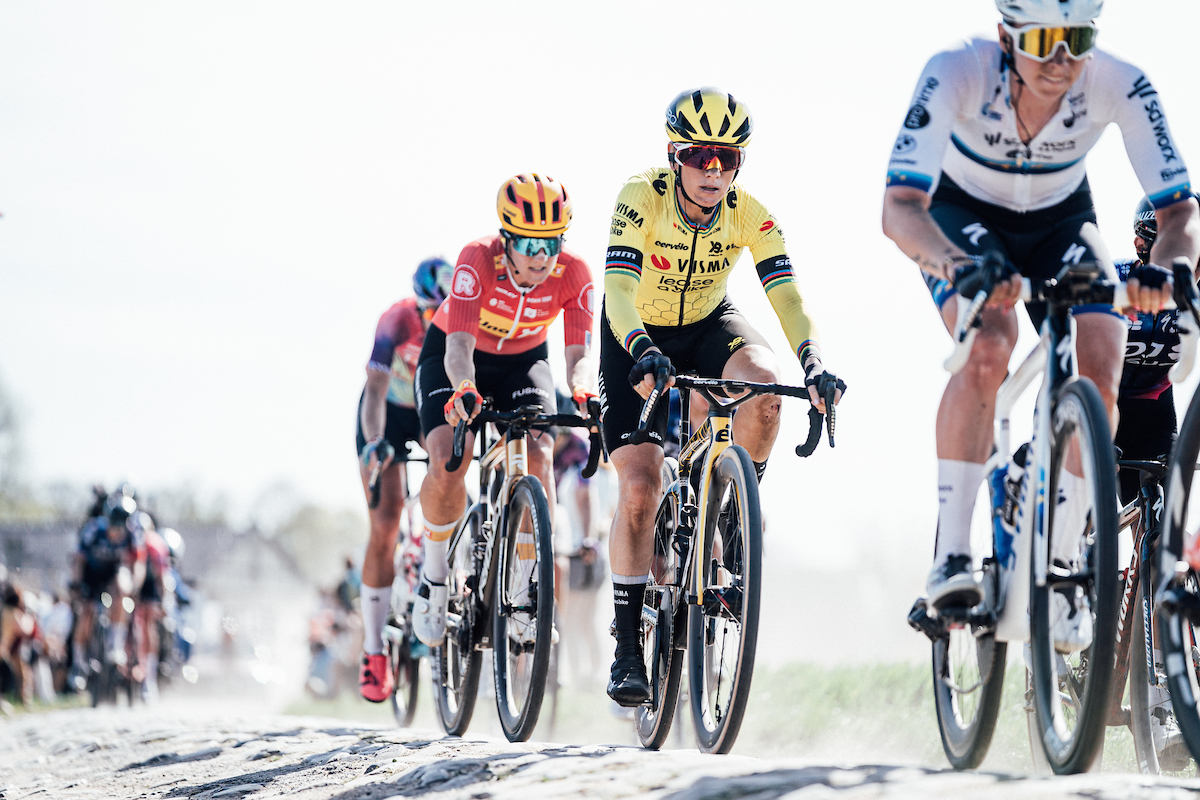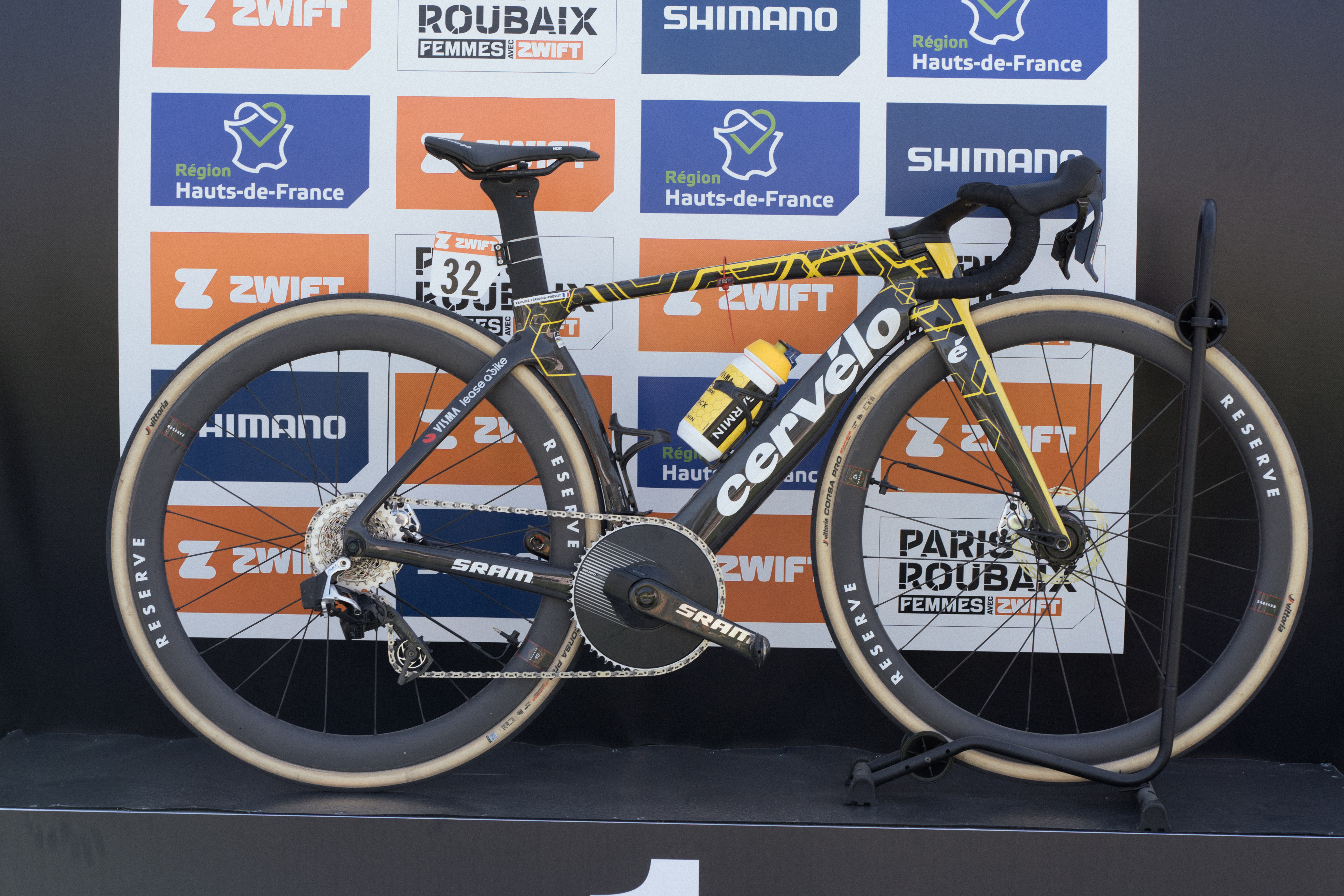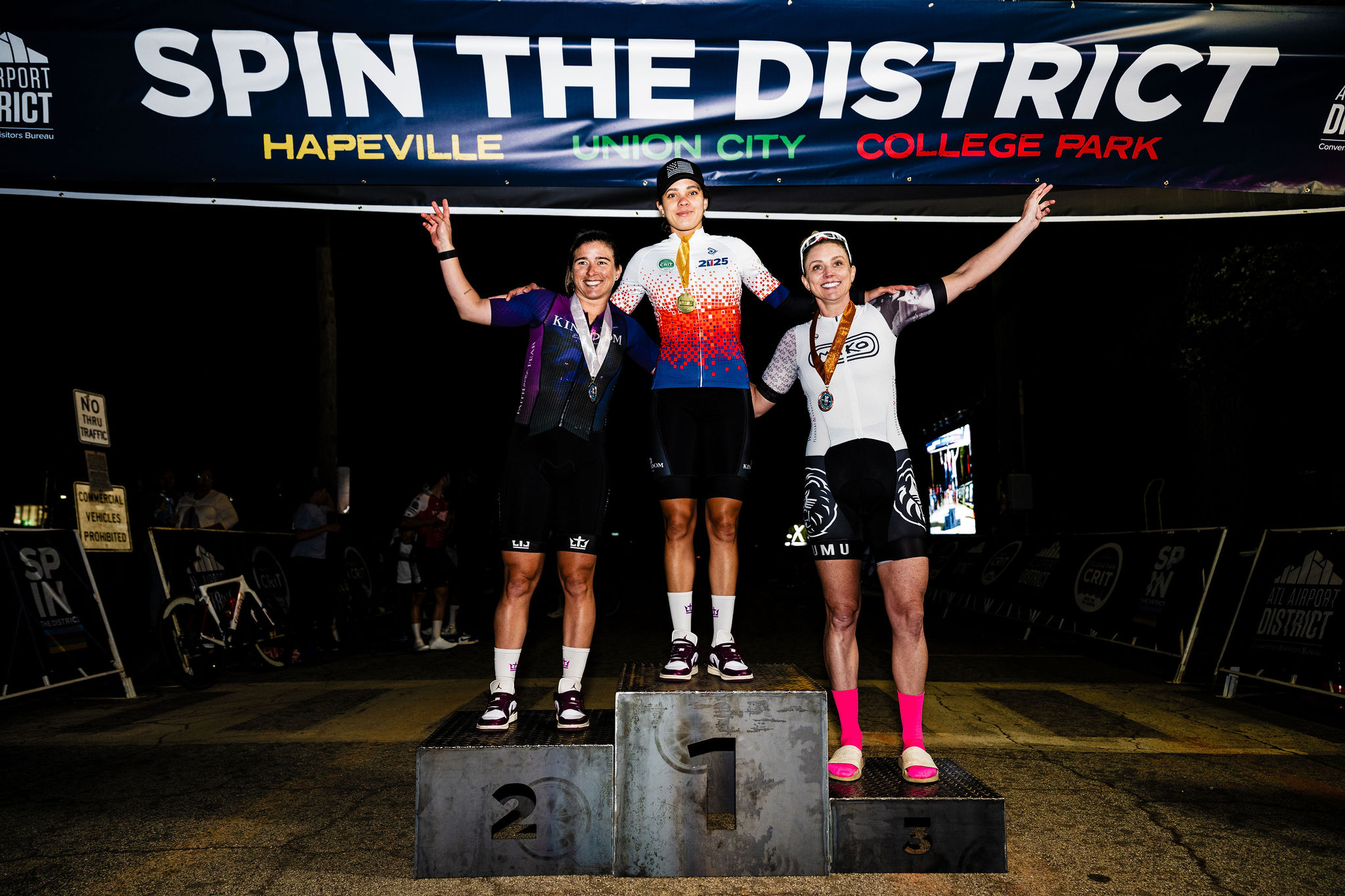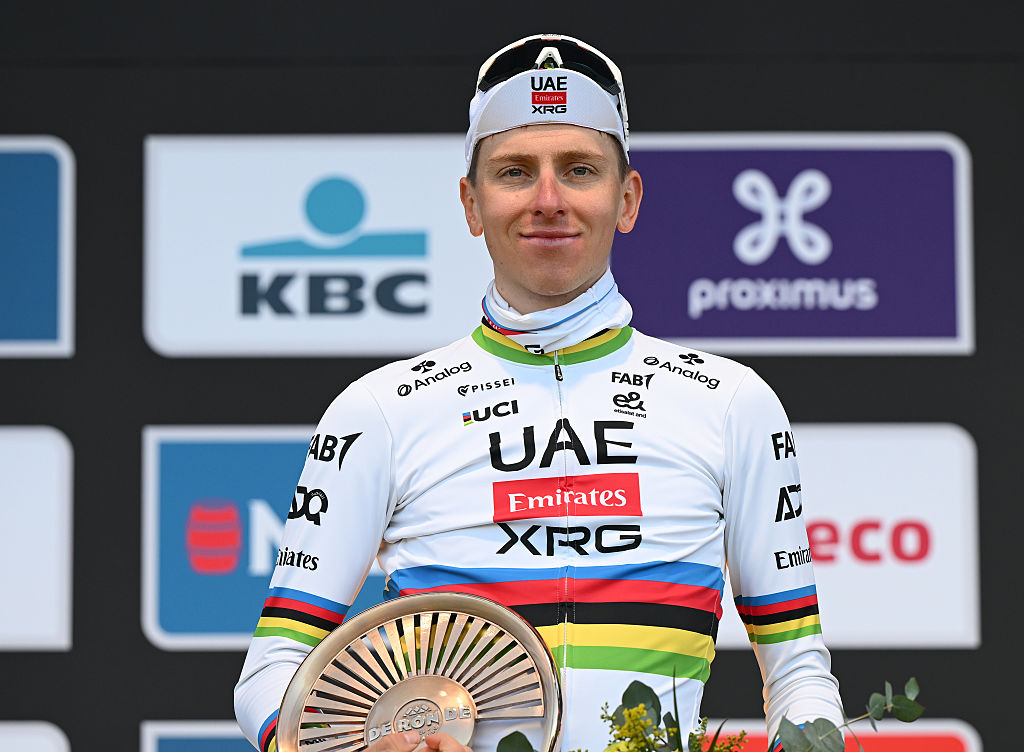Preview: Sagan and Gaviria the favourites but anything goes at Milan-San Remo
Looking ahead to the most gripping finale of the year
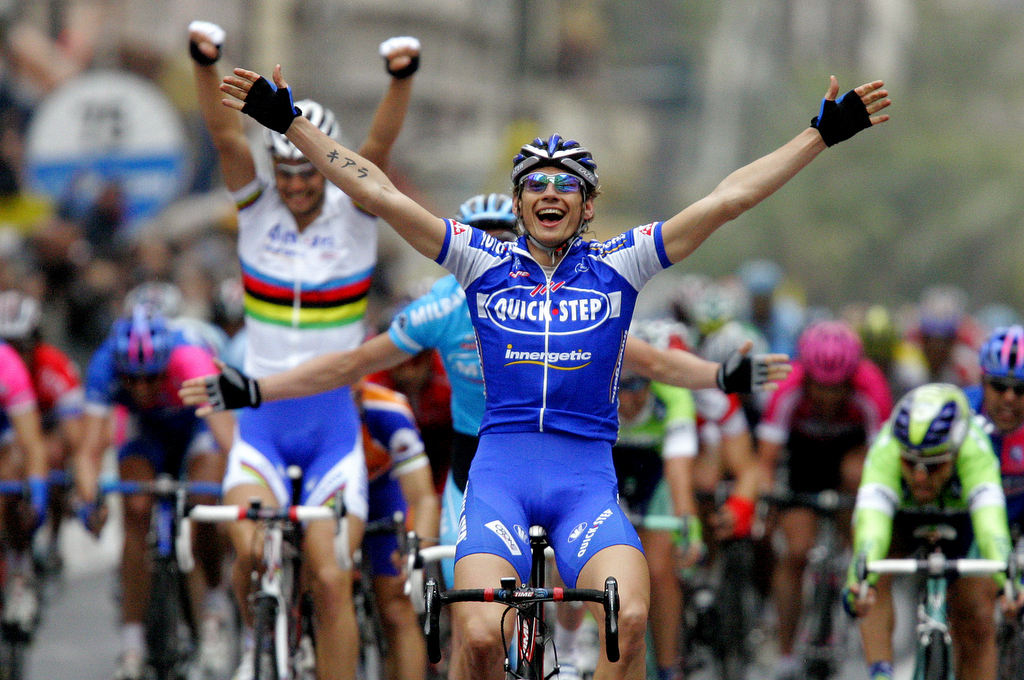
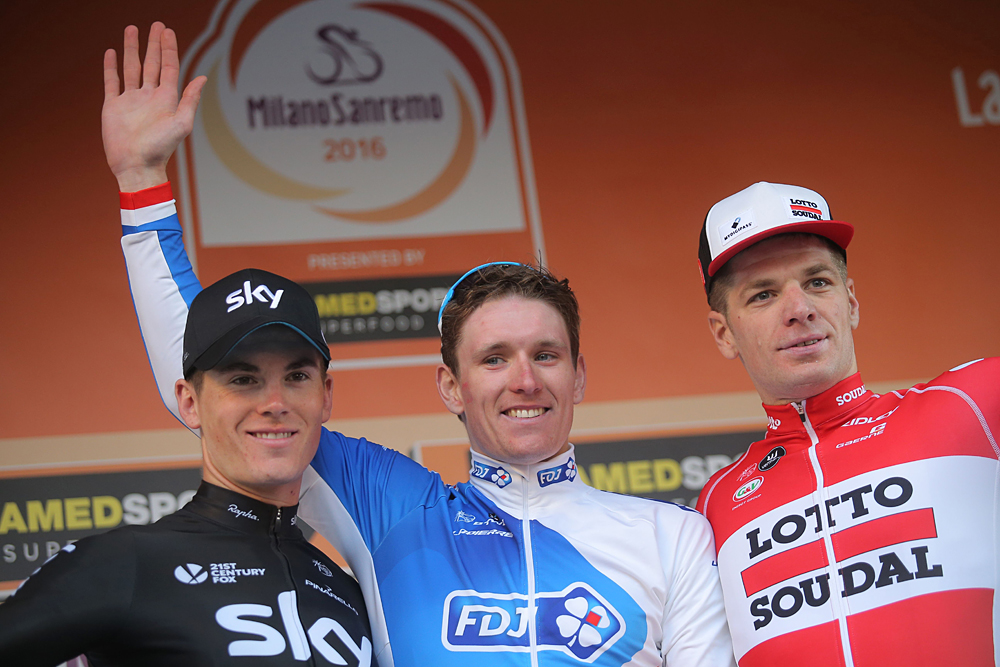


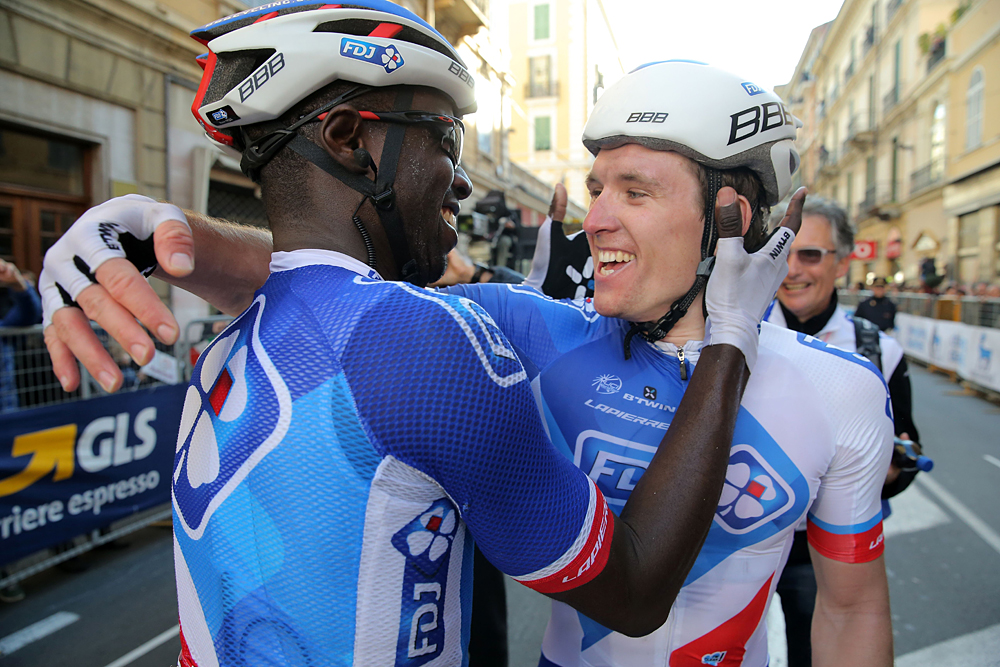
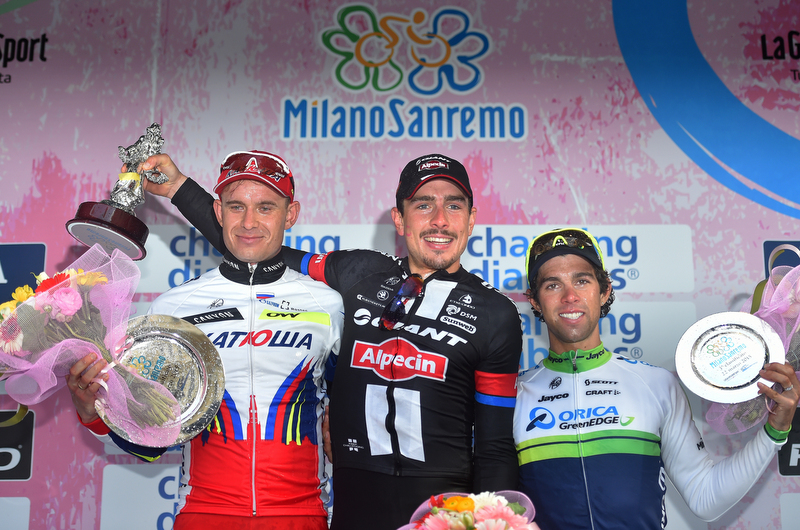
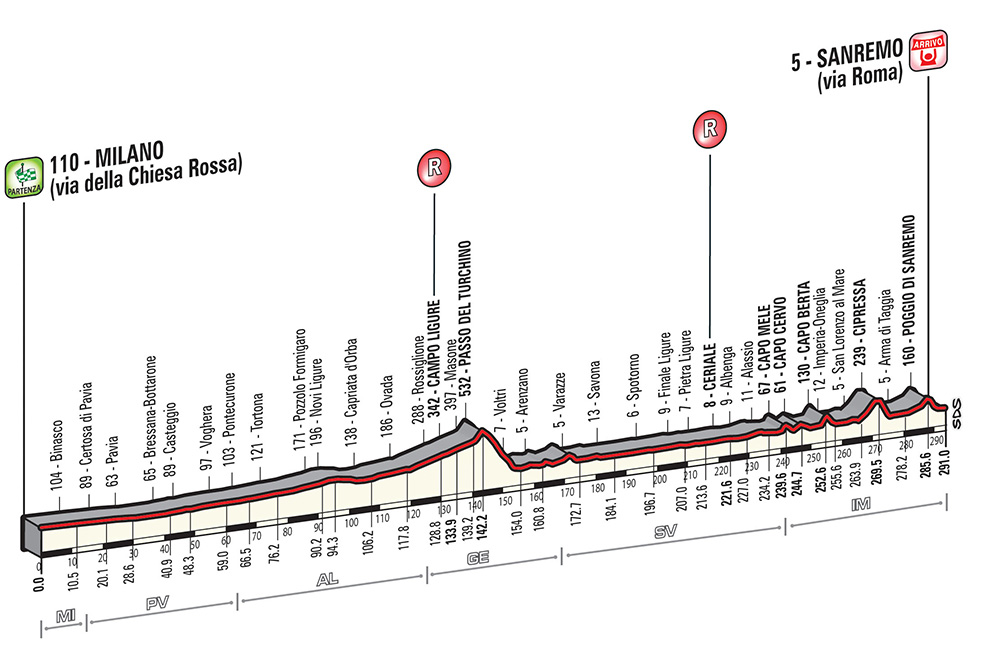
No race makes a mockery of predictions quite like Milan-San Remo. The Monument with ostensibly the most straightforward parcours is often the most complicated to navigate and to win. La Classicissima has made a habit of humbling favourites and exalting hitherto unheralded riders, and therein lies a hefty part of its enduring fascination.
Gaviria plays down Milan-San Remo chances despite beating Sagan in Tirreno-Adriatico sprint
Boonen: We can find a way to beat Sagan at Milan-San Remo
Van Avermaet leads BMC's aims at Milan-San Remo
Milan-San Remo: Viviani and Kwiatkowski lead Team Sky as Rowe waits for Belgium
Sagan: I'm a favourite for every race, I'm used to it
Recon Ride: Milan-San Remo - Podcast
Mark Cavendish: There's always a chance of winning Milan-San Remo
Youthful Cannondale-Drapac squad for Milan-San Remo
Follow 2017 Milan-San Remo live on Cyclingnews
Gaviria: If you act at the wrong moment, Milan-San Remo is over for you
Over the years, men like Moreno Argentin (1992), Michele Bartoli (1997) and Alessandro Petacchi (2004) have lined up in Milan as almost unbackable favourites, only to fall short on the Italian Riviera seven hours later. By contrast, riders like Gabriele Colombo (1996) or Gerald Ciolek (2013) have scored shock victories, while even last year's winner Arnaud Démare (FDJ), for all his pedigree, was hardly considered among the top echelon of contenders.
Despite the unpredictability of Milan-San Remo, two riders have marked themselves out as the consensus favourites for this year's race on the basis of their pedigree and their performances at Tirreno-Adriatico over the last week: Peter Sagan (Bora-Hansgrohe) and Fernando Gaviria (Quick-Step Floors).
Sagan has the ability to instigate moves on the Poggio, make the difference on the descent, or win a sprint on the Via Roma. In short, he can win every kind of Milan-San Remo. However every advantage, as football legend John Cruyff said, is also a disadvantage. Faced with an abundance of choice, Sagan has not always reached for the right weapon from his armoury in the finale of La Primavera, even if his decision-making, once a glaring weakness, has improved greatly since he landed the first of his world titles in Richmond in 2015.
Gaviria seemed well-placed to win Milan-San Remo last year only to crash inexplicably just as the sprint began on the Via Roma. He showed then that he has the ability to survive the capi, even if a sprint after nearly 300 kilometres of racing is like no other. His landlord-cum-mentor Petacchi, after all, needed to fall short in 2004 in order to get it right the following year. Gaviria arrives at Milan-San Remo after scoring a morale-boosting sprint win over Sagan on the penultimate stage of Tirreno and can count on the backing of a super strong Quick-Step Floors team.
Michael Matthews (Sunweb) was perhaps the most impressive of the Milan-San Remo contenders in action at Paris-Nice, even if his form didn't earn him a stage win. Like Sagan, has the ability to win Milan-San Remo in multiple ways, and like Gaviria, he is looking to make amends after a crash ruined his challenge last year.
Arnaud Démare (FDJ) crashed at the same time as Matthews last year but remounted to win Milan-San Remo after a controversial chase back and accusations of help from a team car. He, too, was on song at Paris-Nice, showcasing his climbing skills and displaying considerable nous to win the opening stage. The Frenchman arrives looking to be the first man to win the race twice in succession since Erik Zabel in 2000 and 2001.
The riders who preceded him on the roll of honour: Alexander Kristoff (Katusha) and John Degenkolb (Trek-Segafredo), will undoubtedly be in contention in the event of a sprint, while 2009 winner Mark Cavendish (Dimension Data) was quietly building form at Tirreno-Adriatico after a deliberately steady start to his campaign. The other past winners in the field, Filippo Pozzato (Wilier-Triestina) and Simon Gerrans (Orica-Scott), will need to be very inventive.
Illness forced Nacer Bouhanni (Cofidis) to abandon Paris-Nice, though he bounced back to win Nokere Koerse on Wednesday and will not be short of motivation after a mechanical problem ruined his sprint last year. Other men pinning their hopes on a group finish – of varying sizes – on the Via Roma include Tom Boonen (Quick-Step Floors), Jurgen Roelandts (Lotto Soudal), Ben Swift and Sacha Modolo (UAE Team Emirates), Sonny Colbrelli (Bahrain-Merida), Elia Viviani (Team Sky), Edvald Boasson Hagen (Dimension Data), Sam Bennett (Bora-Hansgrohe) and Caleb Ewan (Orica-Scott).
The cast of riders looking to go on the offensive includes – but is by no means limited to – Strade Bianche winner Michal Kwiatkowski (Team Sky), Olympic champion Greg van Avermaet (BMC), Lotto Soudal's Tim Wellens, Tiesj Benoot and Tony Gallopin, and the Quick-Step Floors duo of Julian Alaphilippe and Philippe Gilbert.
The route
Like the changing of seasons, Milan-San Remo follows a recognisable, almost reassuring rhythm. The peloton sets out on Saturday morning from the Castello Sforzesco in the heart of Milan, and trundles along behind an early break as the race makes its way through the chilly air of the Plain of Lombardy towards the coast.
The top of the Passo del Turchino (143km) seems to mark the passage from winter to spring, and the pace ratchets up once the peloton hits the Ligurian coast shortly afterwards.
The race begins in earnest at Capo Mele (241km) after snaking along the coast. The Capi follow in rapid succession, with the Cervo, Berta, Cipressa and then finally the Poggio. The racing is breathless, as the bunch strings out and fragments as the road rises and dips along the crests and headlands on the approach to San Remo.
The final 30 kilometres, from the base of the Cipressa to the Via Roma, by way of the Poggio, are the most gripping of the entire season. There are tactical subtleties to the race that are not always obvious at first glance. Crashes and even wind direction on the Cipressa and Poggio can be crucial: in the past couple of editions, a headwind in the finale has stifled attacks and so favoured the sprinters.
Amid the flurry of accelerations in the final 40 minutes of racing, the slightest error can prove costly. Conserving energy here, as three-time winner Oscar Freire showed in his career, was so often the key to making the difference in the final dash to the line in San Remo.
At 291 kilometres in length, Milan-San Remo is the longest Classic on the calendar, but the beauty of it all is that the head - tactics, self-confidence and mind games with rivals - is every bit as important as the legs.
Get The Leadout Newsletter
The latest race content, interviews, features, reviews and expert buying guides, direct to your inbox!
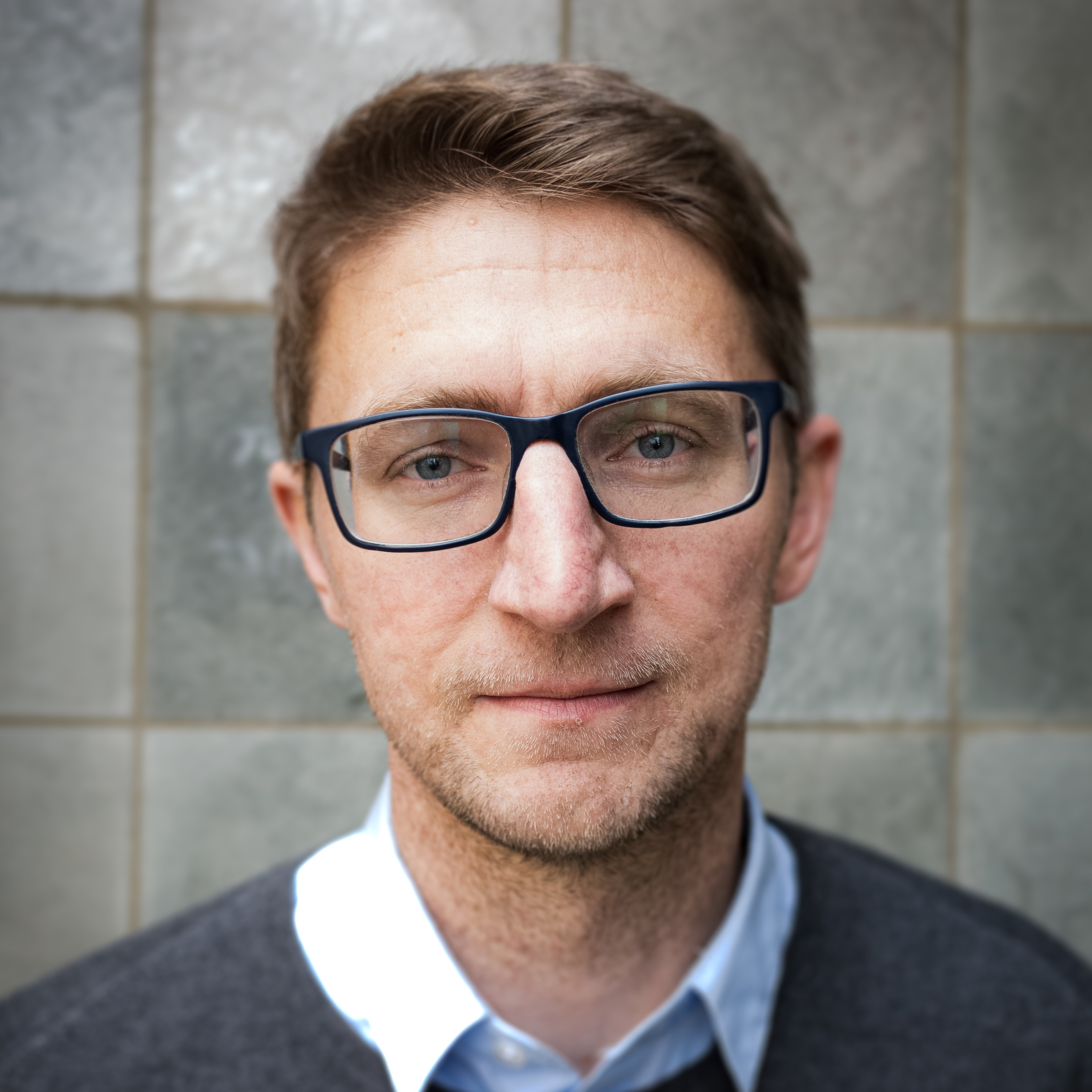
Barry Ryan was Head of Features at Cyclingnews. He has covered professional cycling since 2010, reporting from the Tour de France, Giro d’Italia and events from Argentina to Japan. His writing has appeared in The Independent, Procycling and Cycling Plus. He is the author of The Ascent: Sean Kelly, Stephen Roche and the Rise of Irish Cycling’s Golden Generation, published by Gill Books.
Latest on Cyclingnews
-
More comfortable and more adherence on back wheel – Pauline Ferrand-Prévot embraces adjustable tyre pressure edge at winning Paris-Roubaix debut
Visma-Lease a Bike rider says for Tour of Flanders the self-inflating technology was a 'maybe but maybe not' though 'for the cobbles of Paris-Roubaix there is no question' -
Gallery: Paris-Roubaix women's podium bikes
Fresh off the cobbles, all three bikes from the podium of Paris-Roubaix Femmes -
USA CRITS: Lucas Bourgoyne goes back-to-back at Hapeville Crit while Aylena Quevedo takes pro women's win
Women's Kingdom Elite team goes one-two with Jeydy Praderas on podium ahead of Erica Carney -
'We should just go for it' - Tadej Pogačar nervous but confident about Paris-Roubaix debut
UAE Team Emirates prepare to take on Van der Poel, Pedersen, Van Aert in the Hell of the North
